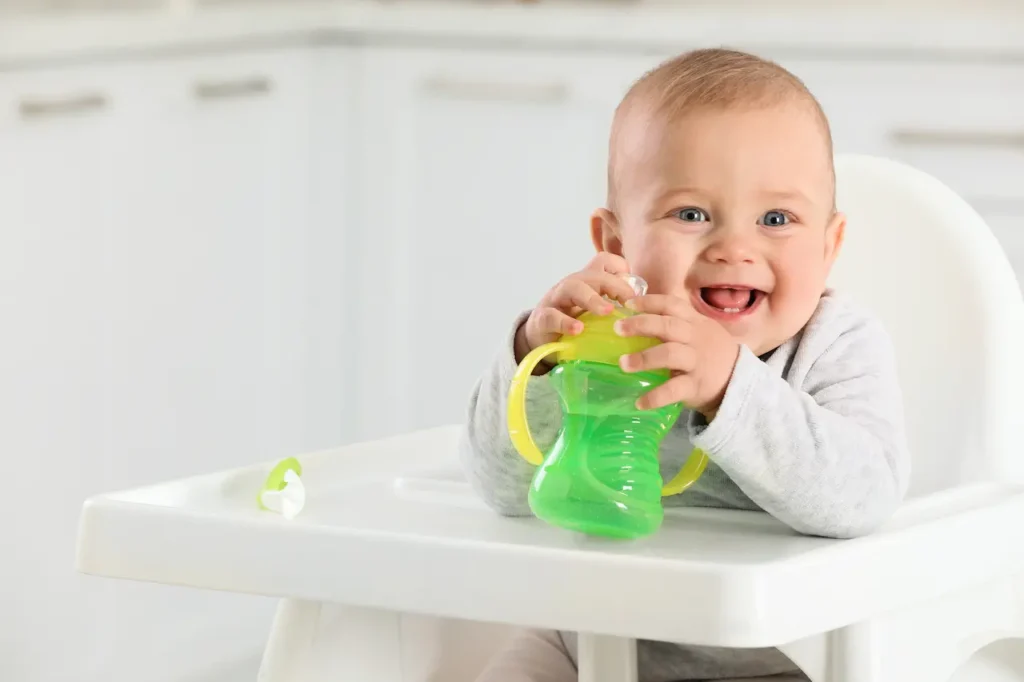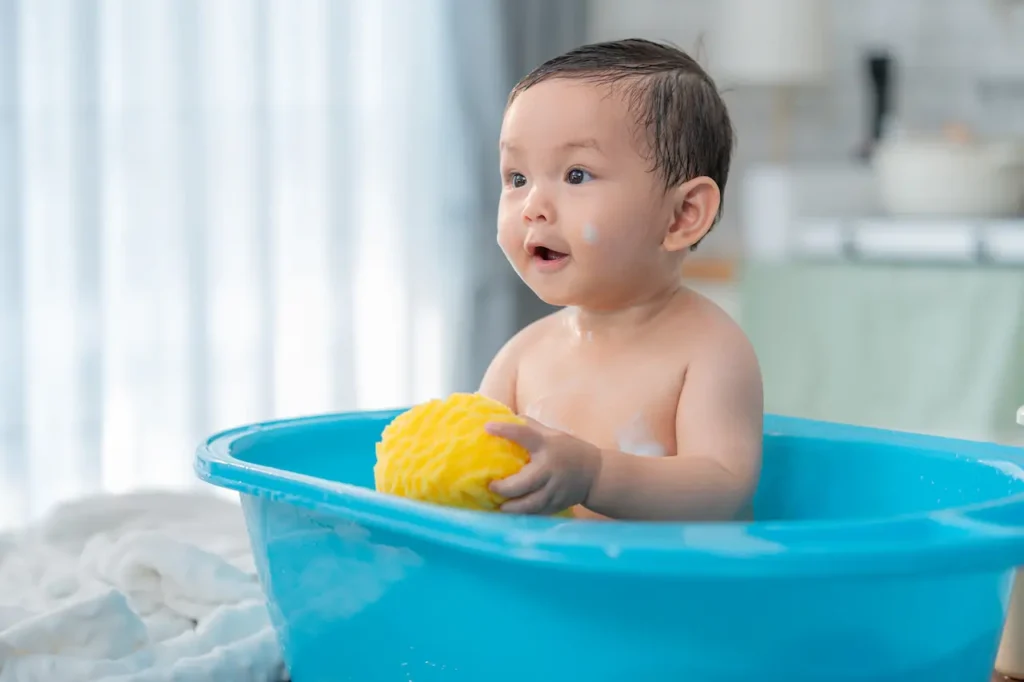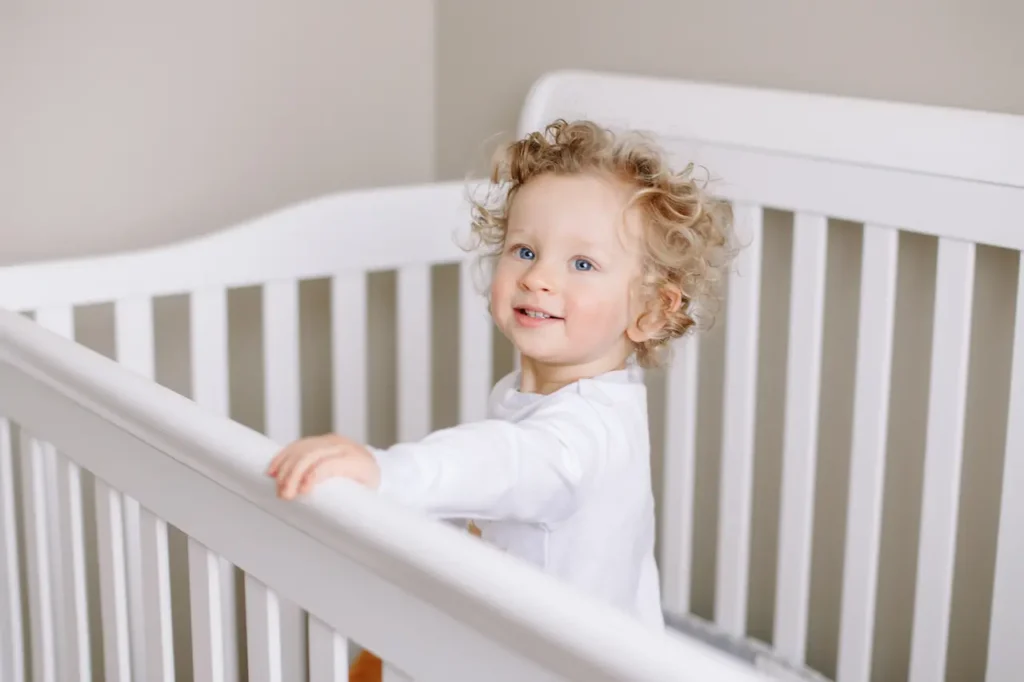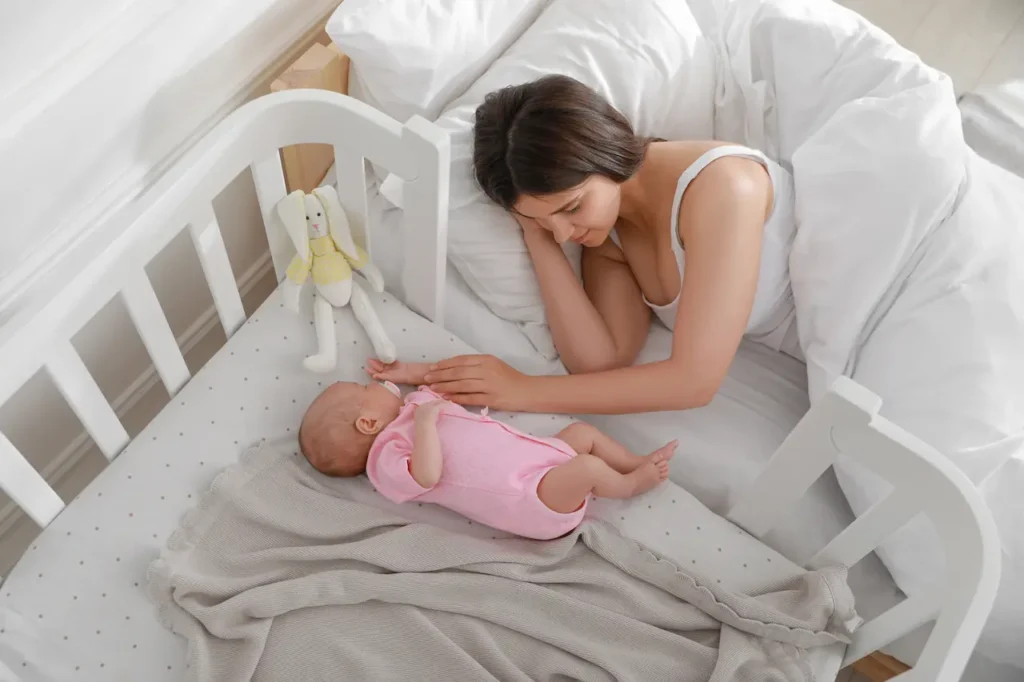10 Tips to Keep Your Baby Safe at Home
Practical Steps for Parents to Protect Their Child
As a new parent, your baby’s safety is always a priority. You are responsible for the well-being of your child from the moment they are born. 10 tips to keep your baby safe at home can help you create a safe environment. You will soon realize that the environment you create for your child is crucial to their safety and development. Even seemingly insignificant actions such as choosing the right place for your child’s crib, or paying attention to sun exposure can have a lasting effect on their health.
As babies develop and grow, they interact more with the environment. This can lead to increased risks. Don’t worry, baby-proofing your house and following some essential safety practices will ensure your child is safe at every stage.
We’ve put together our top 10 safety suggestions to help you keep your baby safe in the home. These tips, whether it’s creating a safe sleeping space, babyproofing your house, or monitoring your child’s health, will help you ensure your baby is as safe as possible. What you need to be aware of.
1. Ensure You Have a Good Night’s Sleep
Sleep is one of the most crucial safety guidelines for infants and newborns. The American Academy of Pediatrics provides important recommendations on how to put your baby safely to sleep. It is important to place your baby backward when they are sleeping. It has been proven that this reduces the risk of Sudden Infant Death Syndrome.

Consider These Other Tips for a Safe Sleep Environment:
Keep your room cool
Overheating increases the risk of SIDS. The temperature of the room should be between 22degC and 68degC. Make sure that your baby is not too warmly dressed.
Remove Blankets and Toys.
You should remove all blankets, pillows, or toys from your baby’s crib. These items can pose a risk of suffocation.
Use the Pacifier
It has been proven that offering a baby a pacifier before putting them down to sleep or for a nap reduces SIDS. Make sure it doesn’t have any strings attached.
Do Not Smoke
Babies exposed to smoke during pregnancy or shortly after birth are at a greater risk of SIDS. Make sure that the area where your baby sleeps is smoke-free. Also, make sure no one smokes near your baby.
Establishing safe sleeping habits from an early age will not only help protect your child, but you’ll also feel more confident in knowing that you are reducing the risk associated with unsafe sleep practices.
2. Baby-Proof your Home
As your child grows, he or she will begin to explore the world around them. You’ll want to baby-proof the house to protect your child from household hazards. By baby-proofing, you make your home as safe as it can be by removing hazards and making dangerous places less accessible.
Check Out This Checklist for Baby-proofing:
- Outlet covers and cabinet latches: Use outlet covers and cabinet latches to keep your baby out of reach. Keep sharp objects, cleaning products, and other hazardous items in cabinets that are locked or on high shelves.
- Secure heavy furnishings: Use anchors for furniture to attach heavy furniture, such as bookshelves and dressers. Furniture that is not secured can fall over easily because babies and toddlers are always pulling on it.
- Corner guards: Place corner guards around sharp edges on furniture such as coffee tables, dressers, and counters. This will prevent injuries if your child bumps into the edge.
- Protect sharp edges: Cover any sharp or rough surfaces that could cause injury to your child, such as tables, chairs or counters.
You can reduce the risk of an accident by taking the necessary steps to protect your home. This will also allow your child to explore the world safely.

3. Keep Baby Safe at Home: Never Leave a Baby Unattended in Water
Even small amounts of water can be dangerous for babies and toddlers. Water is a natural attraction for babies, but they can drown if there are only a few inches. It’s vital to be vigilant when bathing or letting your child play in a pool.
Keep These Things in Mind:
Never leave your child alone in the bathtub, even for a couple of seconds. In a matter of seconds, something can go wrong.
Use the Baby Bath Seat.
A bath support or baby bath chair can keep your child in a safe and secure position while bathing, but you must remain with them.
Avoid Standing Water
Make sure you empty buckets, bathtubs and pools when finished using them so your baby cannot access it while you are not watching.
You can prevent accidental drownings in young children by following these tips.
4. Be Cautious of Mini-blinds and Draperies
You’ll want to keep window treatments and other potentially dangerous items out of reach as your baby begins to explore the world. If your baby manages to grab the cords of mini-blinds and draperies, they can strangle them.
Keep Cribs Far from Windows.
Do not place your baby’s cot near a window that has cords hanging. Keep the crib away from blinds or windows in the middle of the room.
Use Cordless Window Treatments.
Choose cordless blinds and shades or use tiebacks for long cords that are out of reach.
Secure Cords
Always secure cords and keep them away from your baby. You can avoid serious accidents by paying attention to the details.

5. Keep Cleaning Products and Detergents Out of Reach
If your baby consumes cleaning products such as bleach, detergents, and other chemical, they can cause harm. Store cleaning products safely, out of reach, and away from your baby to prevent accidental poisoning.
Store Cleaning Products in Locked Cabinets
Keep your baby away from the cleaners by storing them in locked cabinets or cabinets located high up.
Do Not Leave Laundry Pods Outside
Laundry pods can be colorful and look like candy, so store them in an airtight container.
Choose Non-toxic Products
Whenever possible, select cleaning products that are non-toxic and safe for your baby and the environment.
Following these guidelines will minimize the chance of your child accidentally ingesting harmful chemicals.
6. Use New Cribs and Car Seats
When it comes to cribs and car seats, safety should always take precedence over price.
Cribs
Older cribs may not meet the current safety standards or be missing key components such as safety features and proper slat spacing. Check the crib model to see if it has been recalled and that it meets current safety standards.
Car Seats
Do not use a seat that’s been in a crash, no matter how minor. The car seat is designed to protect the baby from a collision, but it can become compromised after an accident. Use a car seat that hasn’t been in an accident and is up to date.
You can ensure that your child is safe by purchasing new cribs and car seats that are safety-approved.
7. Protect Your Baby from the Sun and Heat
Babies are more sensitive than adults to heat and sunlight, so you should take extra precautions when outside. Infants can get sunburned or suffer heat-related illnesses.
Limit Sun Exposure
Do not take your baby out during the peak hours of the f sun (10 am to 4 pm). Stay as far away from the sun as you can if you have to go out.
Dress Appropriately
Make sure that your baby wears light, breathable clothes and a wide-brimmed cap to protect his face.
Apply Sunscreen
Once your baby is six months old, you should apply sunscreen that has a minimum of SPF 30. Do not forget the areas such as the back of your neck and the tops of your hands.
By taking precautions in hot weather, you can ensure your baby’s comfort and safety when they are outside.
8. Keep an Eye on Your Health Symptoms and Fevers
A fever in a child can quickly turn into an emergency. High fevers can lead to dehydration in babies and more serious health problems.
Use an Accurate Thermometer.
To monitor your child’s temperature. Check it frequently if you notice any signs of sickness in your child.
When to Call the Doctor
If your baby is under three months old and has a temperature over 100.4degF, you should seek immediate medical attention. Keep an eye out for older babies and their symptoms.
When your baby becomes sick, it is important to be vigilant and know the steps you need to take.
9. Use Medication Safely
If not handled properly, even over-the-counter medications can cause harm. Follow your pediatrician’s advice when giving medication to your child.
Track Doses
Use an app or a medication diary to keep track of when and how much your baby received.
Do Not Mix Medications.
Be careful when mixing medications, including simple ones such as pain relievers and fever reducers.
Overdoses are often accidental.
Always check with your doctor to ensure that you are administering the right medication for your baby.

10. Prepare for Emergencies
Accidents can happen, and you should be prepared to handle any emergencies that may occur. You will be able to act confidently and quickly in stressful situations if you are equipped with the necessary knowledge and resources.
First Aid Training
A class in infant CPR will help you develop the confidence you need to deal with emergencies.
Emergency Contacts
Keep a list with you at all times, including the number of your pediatrician and hospitals nearby.
A well-stocked First-aid Kit
Always keep a first-aid kit at home, particularly in the areas where you and your child spend time together.
Preparedness for an emergency will make you feel more confident about your ability to react in any situation.
Conclusion
It is important to take steps to protect your child. Every action, such as practicing safe sleeping habits, baby-proofing your home, and protecting your child from health risks and outside hazards, helps create a safe environment for them to grow. The constant vigilance, baby-proofing, and protecting your child from health risks can feel overwhelming. However, you will gain peace of mind knowing that they are safe.
Safety is a priority for any parent who wants to raise a healthy and happy child. To prevent new risks, the environment of your child must change as they grow. You can stay one step ahead by being proactive about securing your house and keeping up to date with the safety guidelines at each stage of your child’s development.
Remember that you are not alone in navigating these challenges. Family, friends, pediatricians, and other parents are all valuable resources. Ask for advice and share your concerns about the safety of your baby as you grow together.
When your baby reaches milestones and developmental phases, putting safety first will ensure that they are equipped to explore their world with less risk. These 10 tips can help you create an environment that promotes learning, exploration, and development while being safe.



